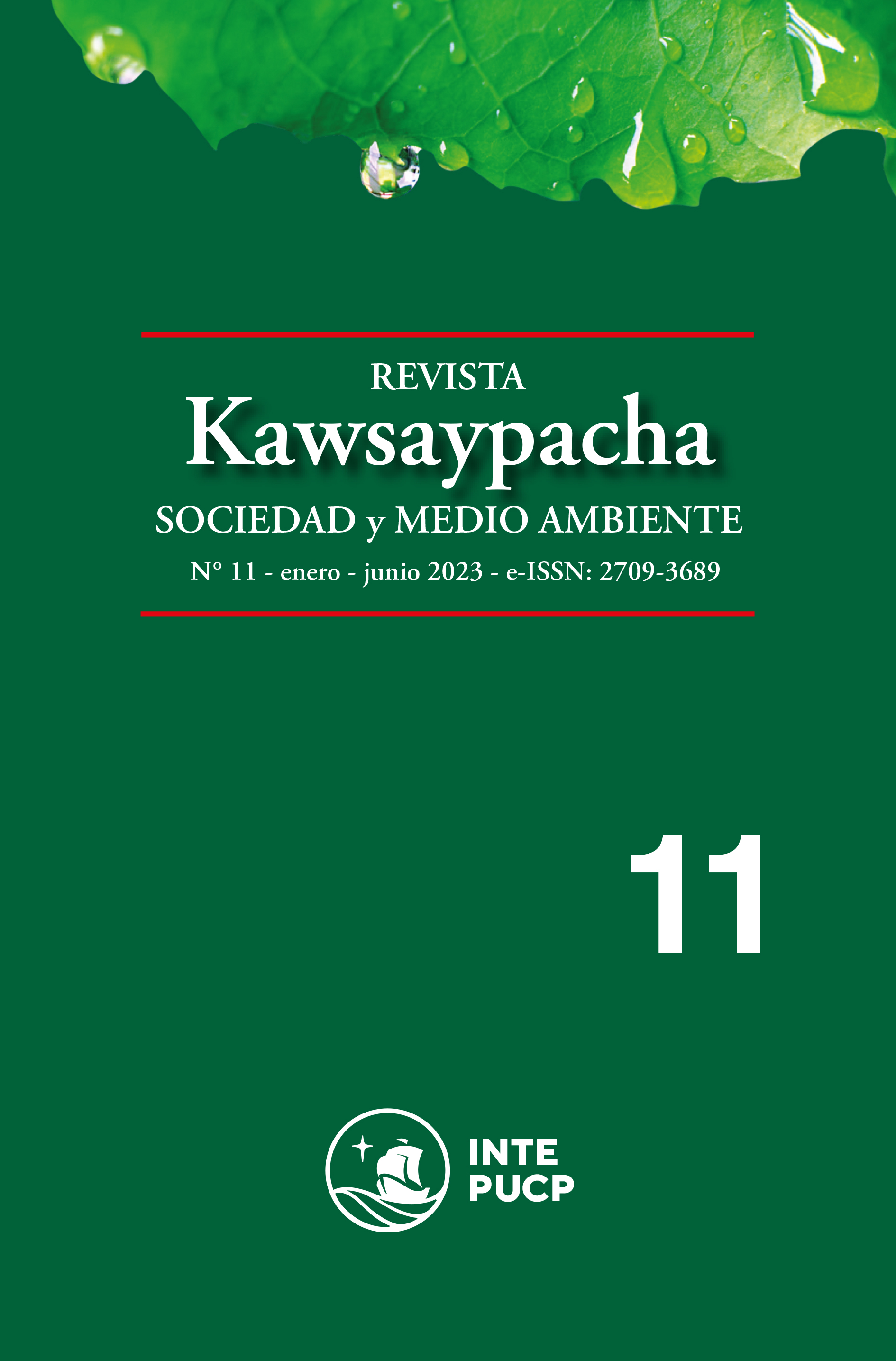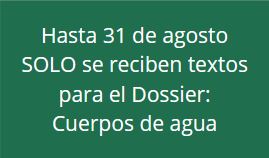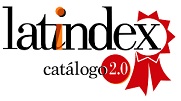Prospectivas del uso de vehículos con batería ion-litio y desarrollo sostenible en Sudamérica
DOI:
https://doi.org/10.18800/kawsaypacha.202301.A008Palabras clave:
Ion-litio, Batería, Vehículo eléctrico, CO2, Desarrollo sostenible, SudaméricaResumen
Sudamérica tiene yacimientos de litio que posibilitan su crecimiento económico, dada la demanda mundial para la fabricación de baterías de los vehículos eléctricos, reductores de los gases de efecto invernadero. El objetivo de este artículo es determinar la relación entre el uso de los vehículos con batería ion-litio y los componentes del desarrollo sostenible en Sudamérica. Para ello se realizó un análisis documental y se aplicó un estadístico de prueba de hipótesis, en base a los datos encontrados en la literatura relacionada al tema de los países que componen el cuadrilátero del litio: Argentina, Bolivia, Chile y Perú. Los resultados muestran que para el año 2034 las ventas de los vehículos eléctricos seguirán creciendo a 25.2% anual; la aplicación de Rho de Spearman permite afirmar que existe correlación significativa entre el tipo de energía (fósil y eléctrica) de los vehículos y sus emisiones de CO2 eq.; la normatividad vigente de la región no viabiliza una gestión efectiva de la cadena de valor del litio. Además, existen conflictos sociales por el uso del agua en la obtención del litio, incumplimiento de acuerdos con las empresas que operan y falta de transparencia, que generan que el 50% de los proyectos mineros resulten cancelados o suspendidos.















